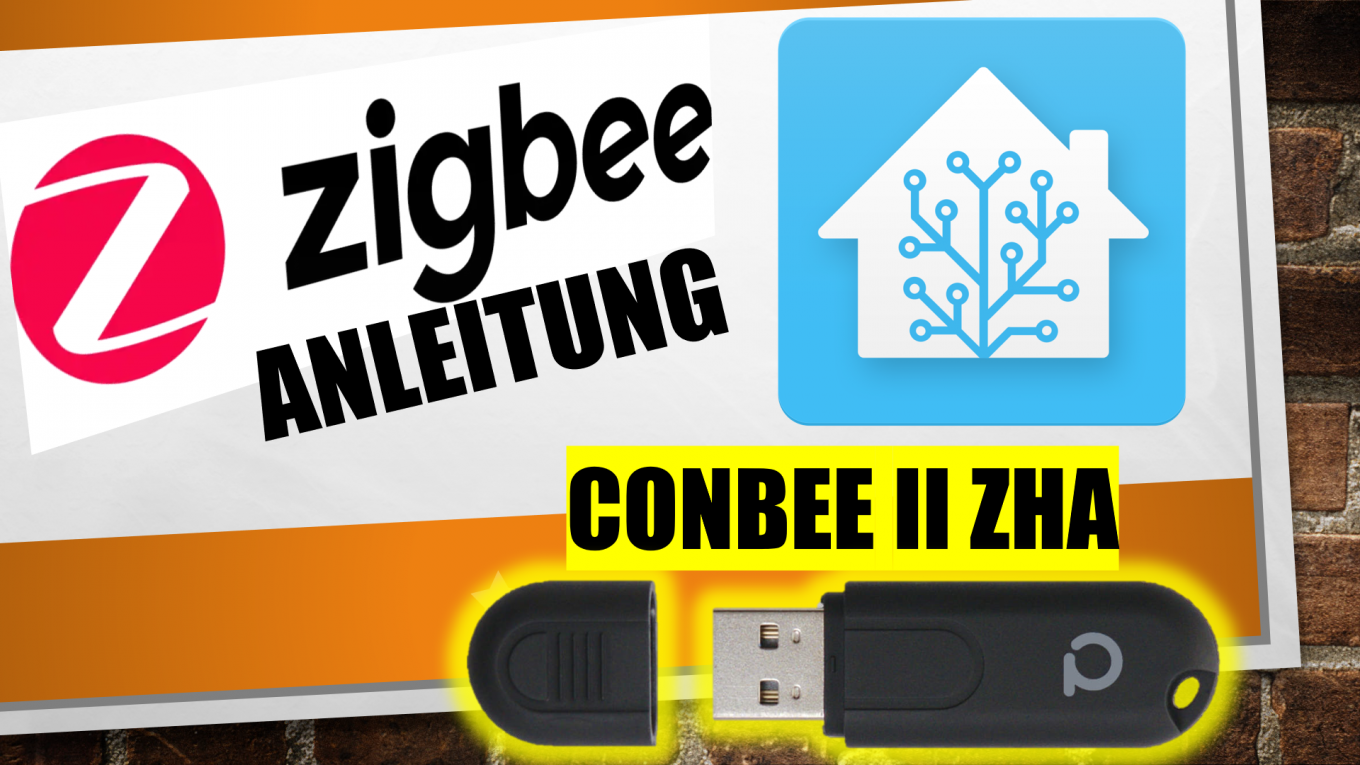
He and fellow computer scientists needed a way to differentiate jokes and sarcasm through Usenet newsgroups. The basic combinations for happy and sad - :-) and:-(- were created in 1982 by Scott Fahlman from Carnegie Mellon University. Before emojis, we referred to them as “smileys” and “emoticons.” We’d say it worked, so the smiley can be considered a “discovery” by computer scientists:-). A new form of advertising has been created.ĮMOTICON: You can thank Usenet for your ability to confuse a bum for a peach. The company advertised in every Usenet thread for its legal services pertaining to the green card lottery. The law firm Canter & Siegel was the first to widely disseminate the concept of spam on Usenet in 1994. However, it is becoming a slang term for unsolicited email advertising. SPAM: Prior to the 1990s, Spam was merely a brand of canned meat and a Monty Python allusion. Usenet newsgroups are where a lot of the phrases that we use online and occasionally in real life initially became common. Many references to online culture were popularized on Usenet The encoding technology has advanced throughout time to make it more user-friendly, but the method itself has remained largely unchanged. The encoded text must then be converted back to its original form by the person who wishes to examine the binary. In order to facilitate sharing in, let’s say, the newsgroup, encoders convert binary files to text-only code. So, how do non-text files get onto a platform that only supports text? with a little interpreting. Therefore, anything that isn’t text is considered binary data. These identical content-hogging binary data files, sometimes known as “binaries” in the Usenet community, contain the content. Image, video, and audio files take up space, as any file attachment restriction will attest to.


In the late 90s, Usenet was text-onlyĪlthough Usenet technically remains a plaintext-only network (we’ll talk about that in a moment), binary content wasn’t transferred through the system until after 1997. Academic users decreased to a minority as a result of the increase in AOL users, forever altering the culture. Then, Usenet began to expand throughout college campuses in a manner akin to The Social Network.ĪOL started providing its users with access to Usenet in 1993. To communicate with peers at UNC-Chapel Hill across a network and exchange files, two Duke University graduate students created the Usenet platform in 1979. It may come as a surprise to hear that Usenet was initially developed for university students, in text-only format, even if audio and video content has given the network new life. Like your old neighborhood, the Usenet environment is familiar but not at all like it once was. Sir Tim Berners-Lee first described his concept for what we now know as the “His first online project, WorldWideWeb, was created to facilitate instantaneous data communication among employees of the European Organization for Nuclear Research. It was a time when computers weighed as much as people and computing required the command line. Usenet existed before web browsers were the primary method of accessing webpages on the internet.

In this essay, we’ll take a quick peek into Usenet to see what products the community is closely guarding. This is due to the fact that Usenet is not as dead as users would have you believe. You must not discuss Usenet, according to the first Usenet regulation. Usenet operates under an unwritten community rule due to its secrecy. Usenet is fundamentally a cross between a discussion forum and the best file-sharing service, yet it is nonetheless something altogether different. Usenet is likely unfamiliar to anyone under the age of 25, but to old-school computer nerds, it was the first social network. Usenet is for you if you’ve ever participated in a contentious Reddit thread, posted or commented to a conversation on a message board, downloaded files via P2P file-sharing, connected to Tor, or viewed a live stream.


 0 kommentar(er)
0 kommentar(er)
